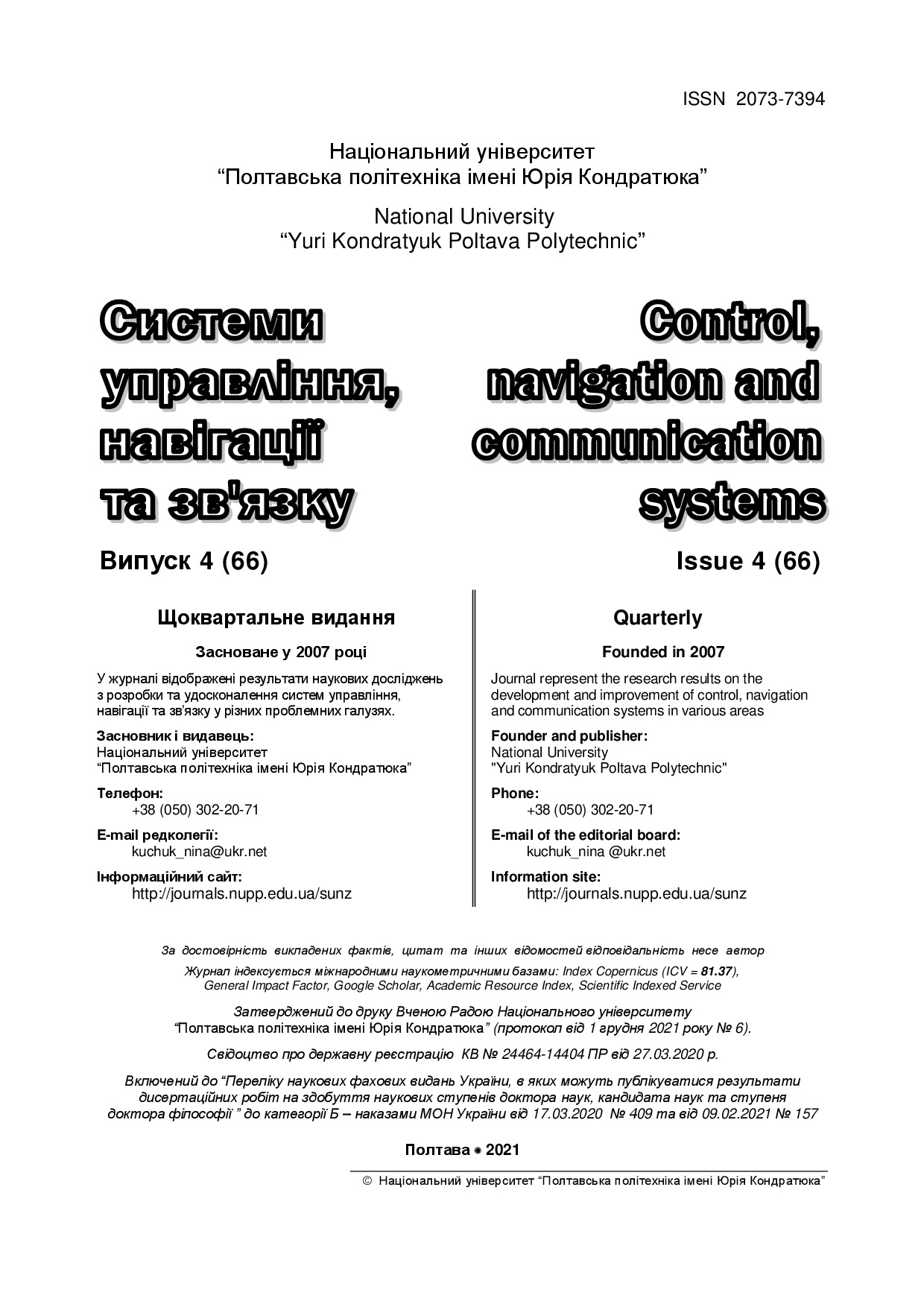ПОРІВНЯННЯ МЕТОДІВ МАШИННОГО НАВЧАННЯ ДЛЯ ІНФОРМАЦІЙНОЇ СИСТЕМИ ПРОГНОЗУВАННЯ ДІАБЕТУ
DOI:
https://doi.org/10.26906/SUNZ.2021.4.073Ключові слова:
машинне навчання, інтелектуальний аналіз даних, нейронна мережа, інформаційна система прогнозування діабету, логістична регресія, дерево рішеньАнотація
Діабет – це хвороба, від якої немає постійного лікування; тому для його раннього виявлення потрібні методи та інформаційні системи. У цій статті пропонується інформаційна система для прогнозування діабету, яка ґрунтується на використанні методів інтелектуального аналізу даних та алгоритмів машинного навчання. У статті обговорюється ряд методів машинного навчання, таких як випадковий ліс, алгоритм AdaBoost, багатошаровий персептрон, нейроподібна структура моделей послідовних геометричних перетворень, лінійна регресія на основі градієнтного стохастичного спуску, узагальнена регресійна нейронна мережа і регресія на основі машини опорних векторів. Для даного дослідження був використаний набір даних Pima Indian Diabetes, зібраний із репозиторію машинного навчання UCI. Набір даних містить інформацію про 768 пацієнтів та їх відповідні дев'ять унікальних атрибутів: кількість вагітностей; концентрація глюкози у плазмі протягом двох годин при пероральному тесті на толерантність до глюкози; діастолічний артеріальний тиск; товщина складок шкіри трицепса; концентрація інсуліну сироватки за дві години; індекс маси тіла; функція спадковості при діабеті; вік людини; результат змінної класу (0 – немає діабету, 1 – хворий). Були проведені дослідження щодо покращення індексу прогнозування на основі методу виключення рекурсивних ознак. Виявлено, що модель логістичної регресії добре підходить для прогнозування діабету. Показано, що для використання створеної моделі для прогнозування ймовірності цукрового діабету з точністю до 78% необхідно і достатньо використовувати такі показники стану здоров'я пацієнтки, як кількість вагітностей, концентрація глюкози в плазмі при пероральному тесті на толерантність до глюкози, індекс ІМТ та результат розрахунку функції спадковості «Родовідна функція діабету».Завантаження
Посилання
Alam, Talha Mahboob, et al. A model for early prediction of diabetes. Informatics in Medicine Unlocked. 2019. No. 16. P. 100– 204.
Sisodia, Deepti, and Dilip Singh Sisodia. Prediction of diabetes using classification algorithms. Procedia computer science. 2008. No. 132. P. 1578–1585.
Tigga, Neha Prerna, and Shruti Garg. Prediction of type 2 diabetes using machine learning classification methods. Procedia Computer Science. 2020. No. 167. P. 706–716.
Diwani, Salim Amour, and Anael Sam. Diabetes forecasting using supervised learning techniques. Adv Comput Sci an Int J. 2014. No. 3. P. 10–18.
Zou, Quan, et al. Predicting diabetes mellitus with machine learning techniques. Frontiers in genetics. 2018. No. 9. P. 515– 523.
Joshi R., Gupte R., Saravanan P. A Random Forest Approach for Predicting Online Buying Behavior of Indian Customers. Theoretical Economics Letters. 2018. No. 08. P. 448–456.
Wu X., Meng S. E–commerce customer churn prediction based on improved SMOTE and AdaBoost. 13th International Conference on Service Systems and Service Management (ICSSSM). Kunming. 2016. P. 1–5.
Cao Y., Miao Q–C., Liu J–C., Gao L. Advance and Prospects of AdaBoost Algorithm. Acta Automatica Sinica. 2013. Vol. 39. No. 6. P. 745–758.
Alomair O. A., Garrouch A. A. A general regression neural network model offers reliable prediction of CO2 minimum miscibility pressure. Journal Petrol Explor Prod Technol. 2016. No. 6. P. 351–365.
Tkachenko R., Izonin I. Model and Principles for the Implementation of Neural–Like Structures Based on Geometric Data Transformations. Advances in Computer Science for Engineering and Education. Springer International Publishing, Cham. 2019. P. 578–587.
Izonin I., Trostianchyn A. et al. The Combined Use of the Wiener Polynomial and SVM for Material Classification Task in Medical Implants Production. International Journal of Intelligent Systems and Applications. 2018. No. 10. P. 40–47.
Tepla T. L., Izonin I. V., Duriagina Z. A. et al. Alloys selection based of the supervised learning technique for design of biocompatible medical materials. Archives of Materials Science and Engineering. 2018. No. 1. P. 32–40.




